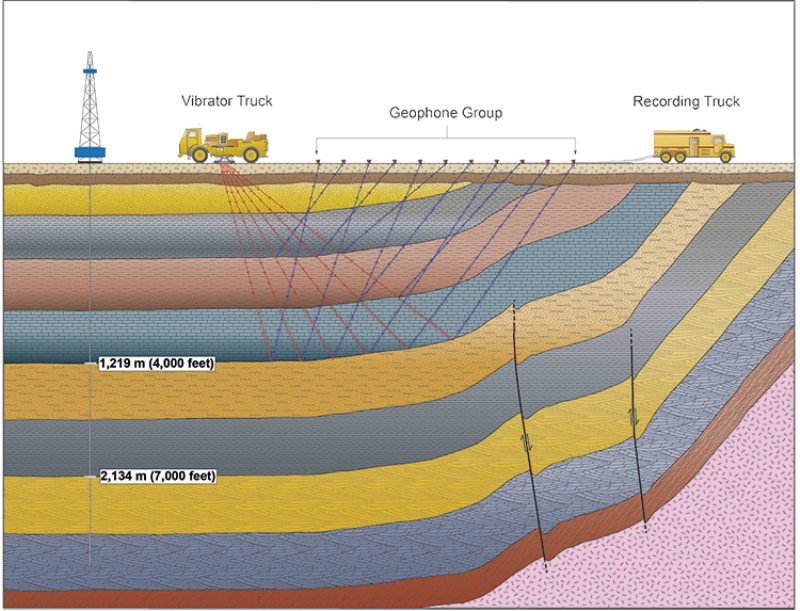All Categories
Featured
Table of Contents
Geophysical And Geotechnical Assessment in Bullsbrook Australia 2020
Much of the image consists of blank locations now with little or no radar action. The "yard" wall is still showing highly, nevertheless, and there are continuing suggestions of a hard surface in the SE corner. Time piece from 23 to 25ns. This last piece is now almost all blank, however a few of the walls are still showing strongly.
How deep are these pieces? Regrettably, the software I have access to makes approximating the depth a little tricky. If, however, the top 3 pieces represent the ploughsoil, which is most likely about 30cm think, I would guess that each piece has to do with 10cm and we are just coming down about 80cm in total.

Fortunately for us, most of the websites we have an interest in lie simply listed below the plough zone, so it'll do! How does this compare to the other techniques? Comparison of the Earth Resistance information (top left), the magnetometry (bottom left), the 1517ns time slice (top right) and the 1921ns time piece (bottom left).
What Is Geophysics? in Ocean Reef Aus 2022
Magnetometry, as talked about above, is a passive technique measuring regional variations in magnetism against a localised no value. Magnetic susceptibility survey is an active strategy: it is a measure of how magnetic a sample of sediment could be in the existence of a magnetic field. How much soil is tested depends on the diameter of the test coil: it can be really small or it can be fairly big.
The sensing unit in this case is very little and samples a small sample of soil. The Bartington magnetic susceptibility meter with a big "field coil" in use at Verulamium throughout the course in 2013. Leading soil will be magnetically improved compared to subsoils merely due to natural oxidation and reduction.
By measuring magnetic susceptibility at a reasonably coarse scale, we can discover locations of human profession and middens. We do not have access to a reputable mag sus meter, but Jarrod Burks (who assisted teach at the course in 2013) has some outstanding examples. Among which is the Wildcat site in Ohio.
Glad You Asked: What Are Seismic Surveys? in Cooloongu Aus 2022
These villages are often set out around a central open area or plaza, such as this rebuilt example at Sunwatch, Dayton, Ohio. Sunwatch Village, Dayton, Ohio (picture: Jarrod Burks). At the Wildcat site, the magnetometer survey had located a range of functions and homes. The magnetic susceptibility survey assisted, however, specify the primary area of profession and midden which surrounded the more open location.
Jarrod Burks' magnetic vulnerability study results from the Wildcat site, Ohio. Red is high, blue is low. The strategy is therefore of excellent usage in specifying areas of general profession rather than identifying specific functions.
Geophysical surveying is an applied branch of geophysics, which utilizes seismic, gravitational, magnetic, electrical and electro-magnetic physical approaches at the Earth's surface to measure the physical residential or commercial properties of the subsurface - Hydrographic And Geophysical Surveys in Applecross Oz 2020. Geophysical surveying methods typically measure these geophysical homes together with abnormalities in order to assess different subsurface conditions such as the existence of groundwater, bedrock, minerals, oil and gas, geothermal resources, voids and cavities, and much more.
Latest Posts
What Geophysicists Do in Iluka WA 2023
Geophysical Survey Definition in Casaurina Oz 2021
Geology And Geophysics - Careers And Employment in Manning Aus 2022